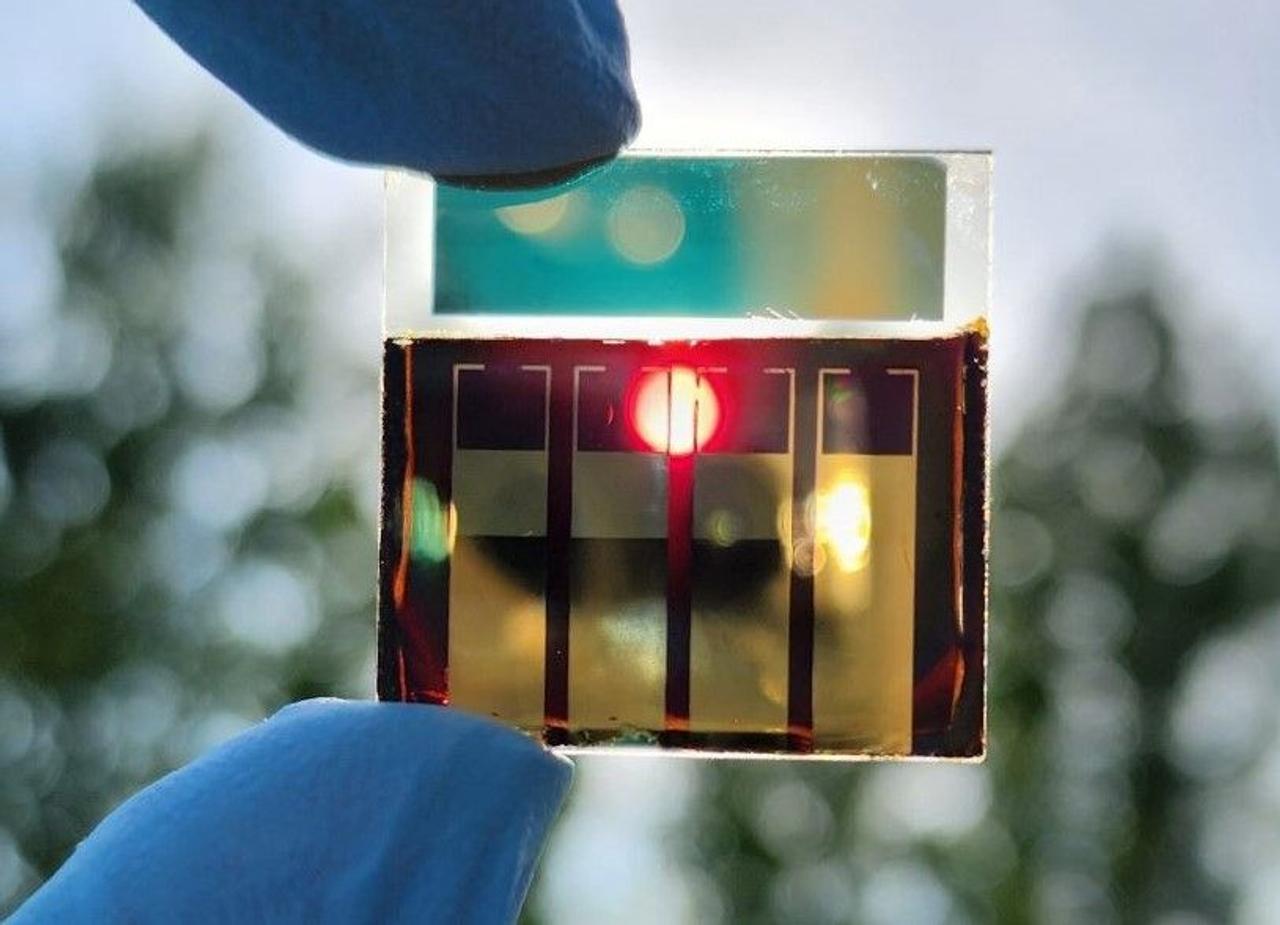
South Korean scientists have created a translucent perovskite solar cell with a record efficiency of 22.02%
The South Korean Institute of Energy Research (KIER) has announced that a group of its researchers has developed a translucent perovskite solar cell designed for use in bifacial tandem photovoltaic devices based on perovskite and silicon.
The translucent solar cells achieved a certified efficiency of 21.68% and a record maximum efficiency of 22.02%. “This makes them the most efficient among perovskite solar cells with transparent electrodes in the world,” the research team said. “In addition, they have demonstrated excellent durability, with more than 99% of their initial efficiency remaining after 240 hours of operation.”
The scientists claim that they have managed to overcome the internal degradation mechanism caused by the LiTFSI impurity, which leads to undesirable diffusion of lithium ions and can harm the cell’s efficiency. They have created a special configuration that combines HTL with a buffer layer of molybdenum trioxide (MoO3) and transparent conductive oxides (TCOs), and this structure ensures the formation of lithium oxides Li2O2 on the HTL surface, which they say optimizes oxidation. time of the hole transport layer.
The research team constructed the cell with a glass and indium tin oxide (ITO) substrate, a gold (Au) metal contact, a tin(IV) oxide (SnO2) based electron transfer layer (ETL), a perovskite absorber, a spiro-OmeTAD HTL, a MoO 3 buffer layer, a transparent conductive indium zinc oxide (IZO) oxide film, and another Au metal contact.
When tested under standard lighting conditions, the cell achieved an energy conversion efficiency of 21.68%, an open circuit voltage of 1139, a short circuit current density of 23.74 A-cm2, and a fill factor of 80.1%. It was also able to retain approximately 99% of its original efficiency after 400 hours of storage in the dark.
This device was then integrated into two bifacial tandem perovskite and silicon solar cells with four-junction and two-junction configurations. Both devices achieved efficiencies of 31.5% and 26.34%, respectively, in conditions where the reflected light from behind was 20% of standard sunlight

